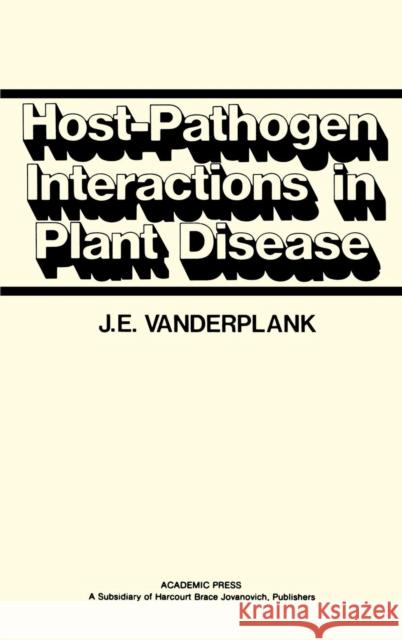Host-Pathogen Interactions in Plant Disease » książka
Host-Pathogen Interactions in Plant Disease
ISBN-13: 9780127114200 / Angielski / Twarda / 1982 / 207 str.
This book describes the genetics, biochemistry, and epidemiology of host-pathogen interactions in plant disease, especially as they concern the breeding of crops for disease resistance. It analyzes a wealth of information that has not previously been recorded in other books or reviews. Some of it stems from basic surveys of disease in the field. The analysis of these surveys not only explains a great deal about host-pathogen interactions that was heretofore obscure, but also indicates directions for future research. Other data, from original papers, have now been coordinated for the first time and organized in a way that suggests new areas of research. The book contains more than fifty new tables that integrate data and relate them to general principles of host-pathogen interactions.
For plant pathologists and plant breeders concerned with the control of plant disease, the book shows how to manipulate the host and, indirectly, the pathogen in order to control disease. It analyzes records of resistance against disease that time has shown to be stable in an effort to determine what has kept this resistance stable. It also analyzes the structure of virulence in populations of a pathogen, and demonstrates how virulence can be deliberately restricted. The author updates information on the gene-for-gene hypothesis and discusses the numerical and biological implications of the hypothesis. He analyzes the structure of epidemics based on three fundamental variables: the initial inoculum, the progeny/parent ratio of the pathogen, and the latent period. The author concentrates on the progeny/parent ratio - a subject not hitherto probed in detail in the literature - and shows how to determine the type of epidemic that can occur.











